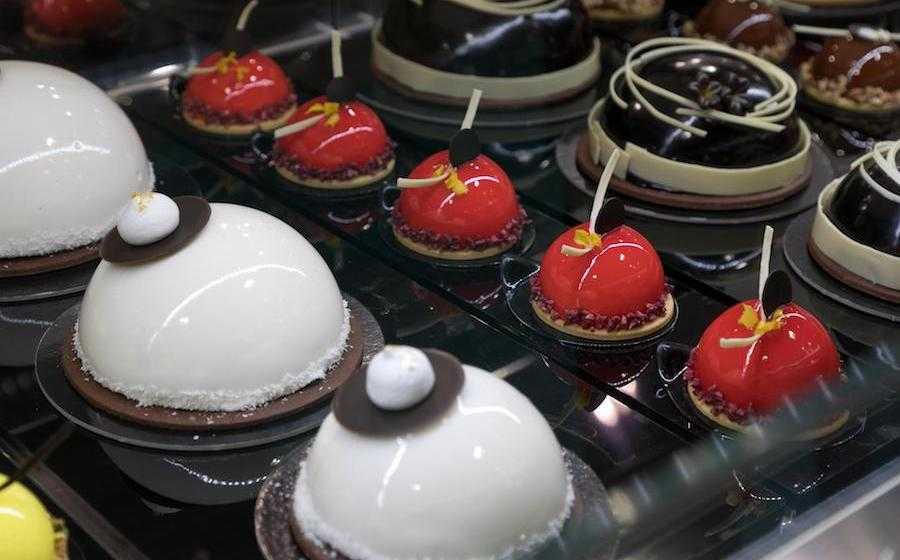The boundary between food design and pastry making is becoming increasingly blurred and window displays have come to resemble those of jewellery shops: the colourful and unusually or geometrically shaped items with glossy or rough surfaces could easily be mistaken for exquisite fashion accessories.
“You sometimes get the impression that pastry making has become more concerned with appearance than with achieving wonderful flavours, thanks also to the many TV programmes that encourage the trend,” says Paolo Rovei, sales & marketing manager for Ipsa.
“Bakers, meanwhile, are following consumer food trends with increasingly gastronomic, cake-like pizzas and pies alongside their traditional bread output.”
We are also seeing a simplification of production processes. This is not just a world of star-rated chefs and master pastry cooks winning world championships: the real-world of everyday production concerns is quite different.
“Artisans need a semi-finished product that is high quality but easy to use. This is because skilled workers are in increasingly short supply and savings need to be made on running costs. We have noticed more demand for basic products like margarine and creams made from non-hydrogenated fats or without palm oil.
But this is a false demand that is now rapidly declining, given the difficulty and costs involved in producing these products. In this sense there is also an on-going need for alternative ingredients that don’t lead to any reduction in quality.”
Training counts for a lot and is indeed of paramount importance. “Training not just in the skills required for using products but also to teach good management skills that help boost productivity.”
Of course a beautiful product that was created to be photographed, posted on Instagram, tweeted and re-tweeted to the advantage of its creator (and to help sales?) needs to be properly presented.
“The pastry sector is definitely making greater efforts as regards packaging,” says Alessandro Perli, sales manager of Scotton. “People take it for granted that an artisanal product will be high quality, so the impact at point of sale is all about the presentation.”
Hence the appearance of see-through packs revealing colourful cupcakes, macarons or French éclairs (the latest new arrival from abroad).
The proliferation of artisanal panettone has led to a demand for solid, attractive boxes that set them apart from their “poor relations” (the industrial versions), with some of the more imaginative ideas including boxes in the form of little houses or lanterns, or two-part boxes with separate inside and outside sections.
And for anyone looking for products made with natural ingredients and free-from purity, the good old plain cardboard box is making something of a comeback. In food just as in fashion, we might say that “visual impact maketh the product” and really does attract buyers.


















